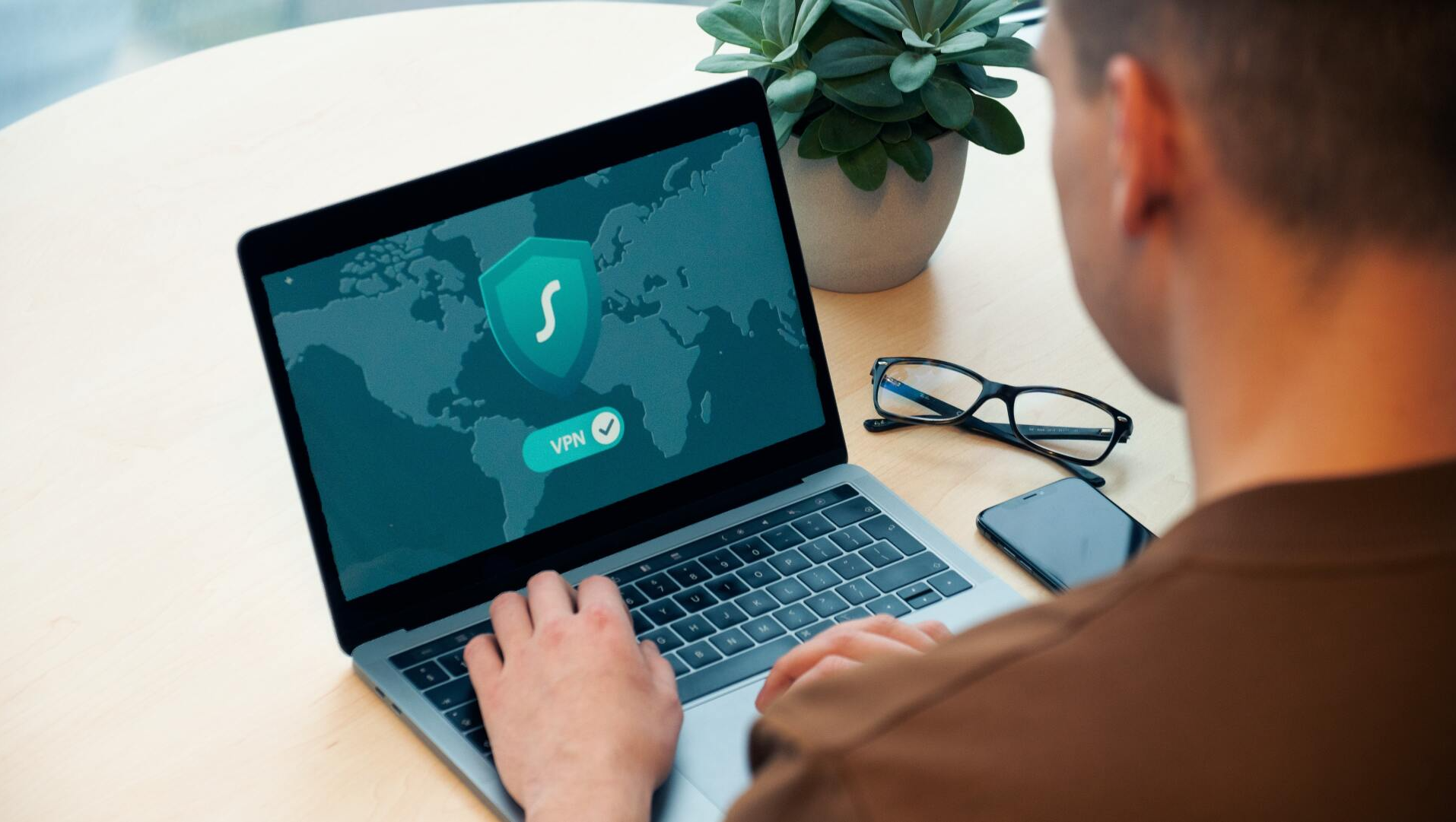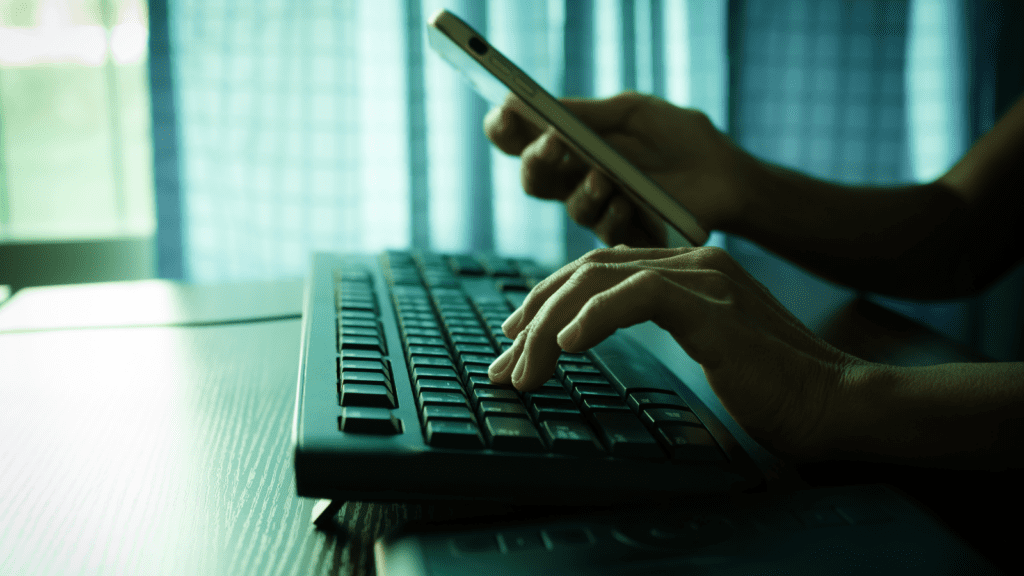Could Your Employees be Accidentally Putting Your Cybersecurity at Risk?
Whether in an airport, a hotel, or a nearby coffee shop, your staff will occasionally discover that accessing public Wi-Fi is inevitable, despite the hazards. Because of an office-closing emergency, team members may be required to react to an urgent request while traveling or working remotely. In any scenario, your company’s and clients’ data is likely to transit via these open networks, where bad actors might intercept it and exploit it to gain access to your systems.
Allowing workers to work from home has a number of benefits, including increased safety and comfort and increased productivity. Remote working, on the other hand, is not without its drawbacks. If your team works from coffee shops, trains, or airports, be aware of the seven hidden perils of public Wi-Fi and learn about what you can do to mitigate the risks.
The coronavirus pandemic has forced millions of employees to work from unorthodox areas far from the office, and with this has come many dangers for business and entire industries.
What’s the good news? It’s rather straightforward to reduce the dangers if you and your staff follow a few simple principles. Consider them fundamental hygiene principles for your laptop or phone, similar to using a digital hand sanitizer.
The Risks Of Public Wi-Fi
While it may appear that keeping Wi-Fi active when leaving the office is innocuous, it puts the employee and entire company at risk. When on the go, Wi-Fi-enabled devices might leak the network names (SSIDs) they regularly connect to. An attacker can then use this information to imitate and appear to be a known “trusted” network that is not encrypted. Many devices will join these “trusted” open networks without first confirming that they are real.
To encourage consumers to connect, attackers don’t always need to imitate well-known networks. Some recent polling says that as many as two-thirds of individuals who use public Wi-Fi configure their devices to connect automatically to adjacent networks without checking the ones they’re joining. Uh oh.
A cybercriminal can launch several harmful assaults if your employee automatically connects to a hostile network or is misled into doing so. The attacker might use the network connection to intercept and manipulate any unencrypted material transmitted to the employee’s device. That means they may embed malicious payloads inside seemingly harmless web pages or other material, allowing them to take advantage of any software flaws on the device.

The attacker might even use the data to spoof and imitate the employee who owns and uses the device. This type of deception may have disastrous effects on businesses. By impersonating a member of the Twitter IT staff, a Florida teenager was able to take over many high-profile Twitter accounts last year.
Here are some of the most common Wi-Fi attacks that employees could run into while using public Wi-Fi at the library, local coffee shop, or even at home:
Man-In-The-Middle Attacks
Connecting to free public Wi-Fi exposes your firm to the danger of having your data captured by third parties. This is a problem because hackers may place themselves between your employees utilizing Wi-Fi and the connecting point.
Ad Hocs
Peer-to-peer networks, or ad hoc networks, are peer-to-peer networks that link two computers directly. When remote employees join a public Wi-Fi network, their devices are likely to be programmed to automatically identify new networks, allowing hackers to connect to them directly.
When you log on to a public Wi-Fi network, your passwords and usernames are vulnerable to being stolen. Secure socket layer (SSL) or HTTPS websites give a necessary level of protection.
Worm Attacks
Worms behave similarly to viruses, with one notable exception. Viruses require software to attack in order to compromise a system, whereas worms may cause havoc on their own. When you join a public Wi-Fi network, you risk a worm spreading from another device on the network to your computer.
Eavesdropping
Hackers employing specific software packages to eavesdrop on Wi-Fi transmissions are another public Wi-Fi concern. This gives hackers access to anything your remote workers do online, giving them the ability to steal login passwords and possibly take over your accounts.
Hackers can potentially use an unprotected Wi-Fi connection to spread malware. Infected software on your computers and gadgets might put your company’s finances in jeopardy.
Rogue Wi-Fi
You and your colleagues may be duped into connecting to a rogue Wi-Fi network set up by a hacker. That “Free Wi-Fi” network might have been put up specifically to capture your company’s essential data.

How To Stay Safe With Wi-Fi
Be Picky
Not all public Wi-Fi networks are made equal; some are trustworthy, while others are harmful by nature. Employees who may work remotely should be taught not to join such networks by default.
Therefore, how should workers decide which network to join?
One that is safe, requiring a password to join or directing users to a registration or sign-in page — and that information is delivered to you by an employee or signs within a company. Man-in-the-middle attacks, which include hostile actors interposing themselves between your data and the websites you visit, recording everything, and sending malware to you, are possible over unsecured networks.
Most essential, confirm the name of your chosen network with a network provider representative. Look at the list of public networks accessible at Atlanta International Airport, for example. You’ll see that several of them have identical names, such as Atlanta Airport Public and ATL Public. Double-check those network names since one of them might easily be a rogue hotspot set up by a hostile actor who is ready and able to exploit misconfigured connections.
Second, attempt to use public networks provided by well-known firms such as international coffee chains or hotel chains. These businesses must safeguard their brands and maintain reasonable network security.

Adjust Your Behavior
Even secure public Wi-Fi networks are fundamentally dangerous, so only use them for short periods. After all, you have no way of knowing which security steps were taken, how often software is updated, or anything else. You should alter your conduct as a result.
Stick to websites that encrypt data transfer, for example. The address bar for these sites has a padlock icon, and the URLs begin with “https” rather than “http”; the “s” stands for “secure.”
Before connecting to a public network, you also need to enable Windows Firewall or another security tool.
Avoid using a public network to access any websites or apps requiring a password or containing sensitive information, no matter how tempting it seems. That implies there will be no banking or social media platforms. After all, there’s a good possibility a hostile actor has infiltrated the connection, so if you can avoid it, don’t dangle the keys to your digital safes on public Wi-Fi.
There are methods to avoid using public Wi-Fi when you’re not at work if you’re ready to invest. Most mobile phones may act as mobile hotspots, utilizing cellular data to connect another device, such as a laptop, to the internet. You may also buy a specialized mobile hotspot device, which has the advantage of accommodating several users at the same time.
Use VPN
If your organization does not provide a corporate virtual private network, consider installing and utilizing a VPN service on all of your devices, especially while accessing a public Wi-Fi network.
The added peace of mind can be well worth the small outlay and inconvenience. Thanks to these applications, the only site your smartphone contacts directly is a single encrypted web address. All of your internet traffic is then routed through a secure, end-to-end encryption system. However, keep in mind that a VPN is only as reliable as the people who manage it, so this is not the place to go for a free or low-cost VPN.
However, utilizing a VPN does not ensure your safety. Whoever might steal the credentials you need to get onto that VPN set up the network, especially if your organization doesn’t enforce multifactor authentication. If you do log in, change your password once you’ve returned to a secure network.
But, there is even more a company can do to ensure its employees stay safe no matter where they roam in the virtual world.
Employees should be educated about risk. Connecting to public Wi-Fi without restriction has become commonplace, and most individuals are unaware of the dangers. Informing your staff about the risks might significantly influence their behavior. Nobody wants to be the one who causes a data leak or a hack.
Verify users regularly. Early detection is critical if an attacker gains access to an employee’s device. Consider building on technology that can continually verify users without adding additional friction to improve security. Passive biometrics, for example, confirms each user’s identification based on their natural behavior, such as how they hold their device or type, allowing many intruders to be detected before they can cause major harm.
Work arrangements will continue to change as the pandemic draws to a close. It’s hard to predict exactly how work will evolve in the future. However, it’s a good idea to start planning today for a future where “working from home” doesn’t always mean working from home.

Wait Or Use Cellular
Next time you’re about to join on to public Wi-Fi for work, pause and consider whether it can wait. If you answered yes, you should press the pause button. Add the item to your to-do list for when you’re at work or at home with safe internet access.
When utilizing public Wi-Fi, browsers and websites use HTTPS and traffic encryption to protect them. As a result, it is relatively risk-free for users. However, depending on the sort of job you conduct, business data may be a different story.
If you can’t wait, you can use cellular data to connect. You may accomplish this by connecting with your phone, for example, by utilizing the Zoom app for your next video conversation. Tethering another device to your mobile smartphone and then accessing the internet is another method. All data transferred over the cellular network is automatically encrypted by your phone. This protects you from various typical scams, such as connecting to a false public wifi network or having someone nearby use eavesdropping equipment to view the data you send.
If you don’t have access to cellular services, such as when there isn’t one, another alternative is to connect over public wifi and use a browser with built-in encryption. This makes it far more difficult for a threat actor to intercept your data and subsequently get access to your account using your credentials.
Conclusion
Connecting via secure Wi-Fi used to be a lot easier. After all, the line between work and home was clearer back then. We felt the lines were hazy at the time. Then there was the pandemic. The limits had vanished entirely. Expectations for constantly being on soared to heights we never imagined imaginable.
Employees began to take advantage of their flexibility by working from anywhere. For some, this meant working in a rented property across the nation for months at a time. Others took advantage of the opportunity to go to the supermarket during their lunch break. Most of us are now in more scenarios where we need to do business outside of our secure internet connection.
It’s absurd to expect employees never to use unprotected Wi-Fi to do business. After all, many of them require staff to be available at all times, no matter what. Instead, the best strategy is to find a realistic and practical solution to reconcile security with today’s business requirements. Also, be prepared to acknowledge that being constantly connected isn’t the best solution for the firm or the individual.
If you need help navigating cybersecurity, Edge Networks is here for you! Take our free, self-guided IT Security Risk Assessment, or contact us today for a free, 30-minute consultation.



